In the expansive world of Hindu gods and goddesses, Lord Shiva reigns as a paramount deity, embodying the potent forces of destruction, creation, and transformation. Revered by countless devotees globally, Shiva’s cosmic dance is central to the Hindu understanding of the universe. However, beyond his formidable persona lies an intricate narrative of familial relationships and rich mythology that offers deeper insights into his divine nature. This article delves into the fascinating family of Lord Shiva, exploring the identities of his parents and beloved children, illuminating the profound symbolism embedded within his divine household.
 Lord Shiva Trishul With Damru
Lord Shiva Trishul With Damru
The Paternity Puzzle: Who is Lord Shiva’s Father?
The question of Lord Shiva’s father is a topic of intriguing debate and varied interpretations within Hindu scriptures. Ancient Puranas offer accounts suggesting that Lord Brahma, the creator of the universe in the Hindu trinity, is considered the father of Lord Shiva. Lord Brahma, often depicted with four heads representing his mastery over the four Vedas, is believed to have originated from a lotus blooming from the navel of Lord Vishnu. While Brahma holds a significant position in the cosmic order, his worship is less prevalent compared to Vishnu or Shiva, with fewer temples dedicated solely to him.
However, the narrative surrounding Shiva’s birth often transcends conventional biological origins. Instead, it emphasizes the cosmic forces at play in the emergence of this supreme deity. Lord Shiva’s birth is frequently attributed to the Hiranyagarbha, the cosmic egg symbolizing the universe in its nascent stage. Interestingly, Brahma and Vishnu are also sometimes described as originating from this same cosmic source, highlighting a non-linear and more symbolic understanding of divine lineage. The emphasis here is less on a traditional father-son relationship and more on the cosmic origins and manifestations of divinity.
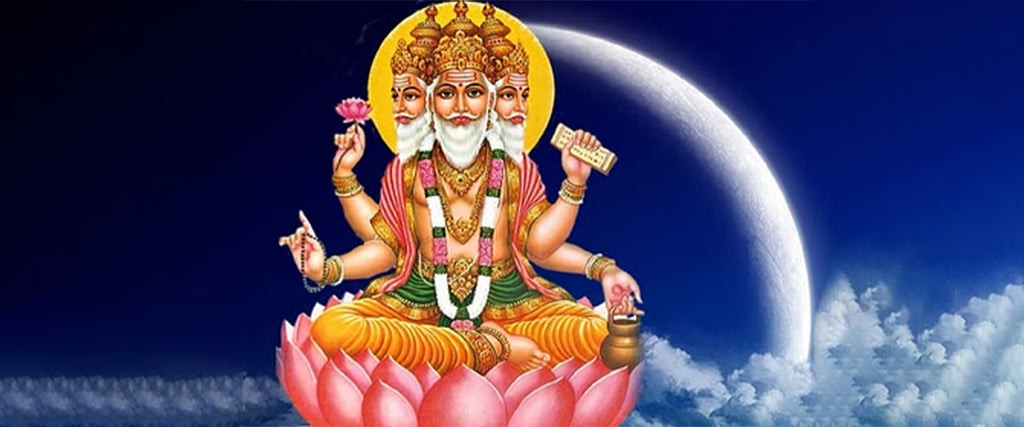 Father of Lord Shiva
Father of Lord Shiva
The Divine Mother: Parvati’s Dual Role
Adding another layer of complexity to Lord Shiva’s family tree is the revered Goddess Parvati, also known as Shakti. In a seemingly paradoxical relationship, Parvati is considered both the consort and, in certain interpretations, the mother of Lord Shiva. This unique dynamic stems from Parvati’s status as the supreme goddess in Hinduism, embodying ultimate feminine power and divine energy.
Goddess Parvati is understood to be the source of all other goddesses and is believed to have incarnated in various powerful forms such as Kali, Durga, and others, each representing different facets of her divine power. One such incarnation is Prakriti, the primordial cosmic energy considered the mother of all creation. This aspect of Parvati as Prakriti establishes a maternal connection with all beings, including Lord Shiva, who is also seen as a manifestation of the supreme reality originating from this divine feminine source. Thus, Parvati’s role transcends the typical wife archetype, encompassing the role of the divine mother in relation to Shiva in certain theological contexts.
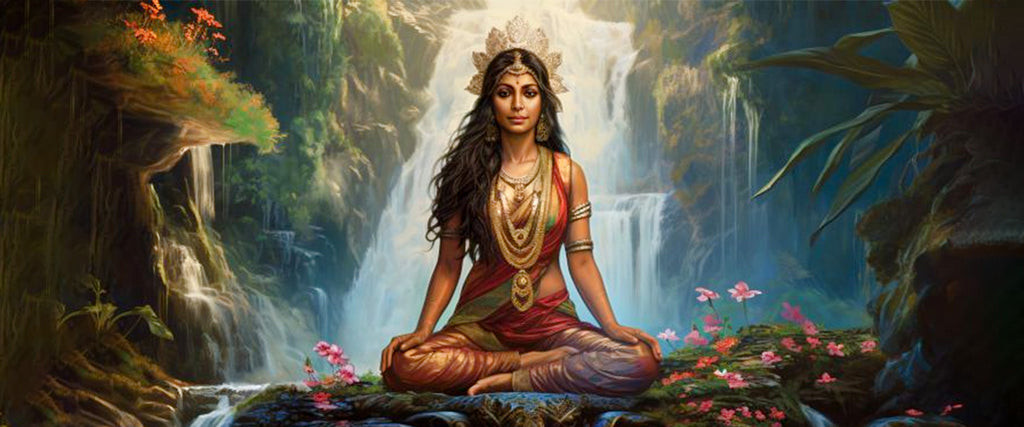 Mother of Lord Shiva
Mother of Lord Shiva
Scriptural Basis: Prakriti as the Origin
The concept of Prakriti as the origin of the divine trinity, including Shiva, finds support in scriptures like the Srimad Bhagavad Gita. Chapter 14, verses 3 to 5, of the Gita mention that the three gunas – Raj (representing Brahma), Sat (representing Vishnu), and Tam (representing Shiva or Shankar) – originate from Prakriti, often identified with Goddess Durga. Prakriti, meaning ‘nature’ in Sanskrit, is considered the fundamental creative energy and is revered as the divine mother responsible for the creation of all living beings and the cosmos itself. This scriptural reference reinforces the understanding of Parvati (as Prakriti/Durga) as the ultimate source from which even the major deities emerge.
Shiva’s Immediate Family: Parvati, Kartikeya, and Ganesha
Beyond the complexities of his parentage, Lord Shiva is widely known for his immediate family: his divine consort, Goddess Parvati, and their two celebrated sons, Kartikeya and Ganesha.
Goddess Parvati, as mentioned, is not only Shiva’s wife but also a powerful goddess in her own right. She embodies feminine divinity, strength, and nurturing energy, perfectly complementing Shiva’s formidable and ascetic nature. Their union represents the harmonious balance of masculine and feminine principles in the cosmos.
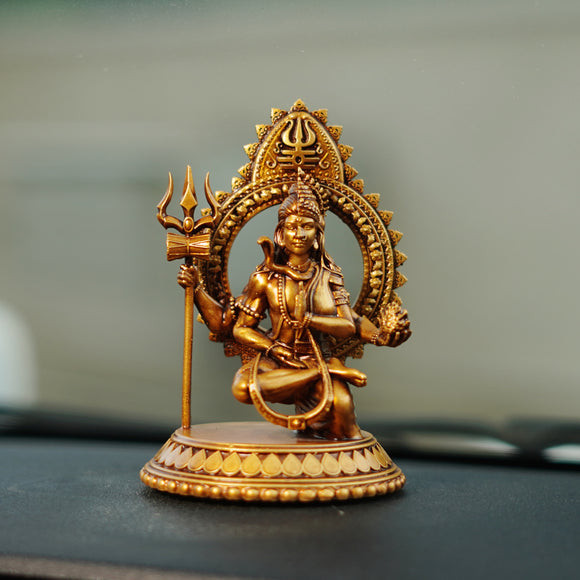 Ardhanarishvara Car Dashboard
Ardhanarishvara Car Dashboard
Kartikeya, also known as Skanda or Murugan, is the elder son and is revered as the god of war, courage, and victory. He is typically depicted as a youthful warrior riding a peacock, symbolizing his valor and command over ego and worldly desires (represented by the snake the peacock subdues). Kartikeya is often invoked for strength and success in overcoming obstacles.
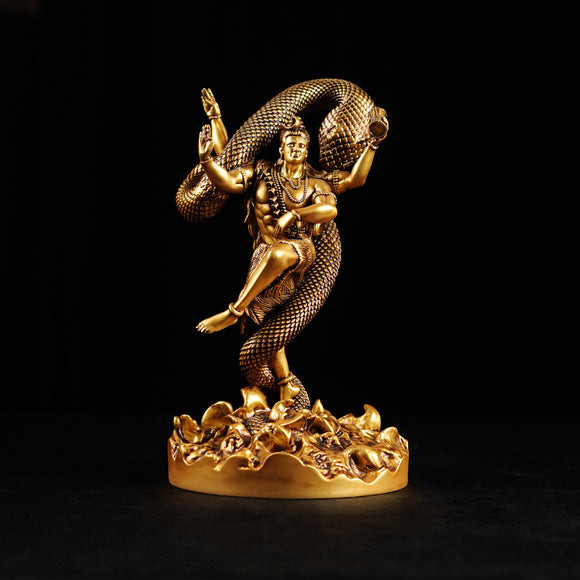 Mystical Shiva 9-Inch
Mystical Shiva 9-Inch
Ganesha, the younger son, is perhaps one of the most beloved Hindu deities. Recognizable by his elephant head and large belly, Ganesha is the god of wisdom, prosperity, and the remover of obstacles. He is invoked at the beginning of new ventures and is revered for his intellect and ability to overcome challenges. Popular stories, like the one where Ganesha circumambulates his parents instead of the world, highlight his wisdom and devotion.
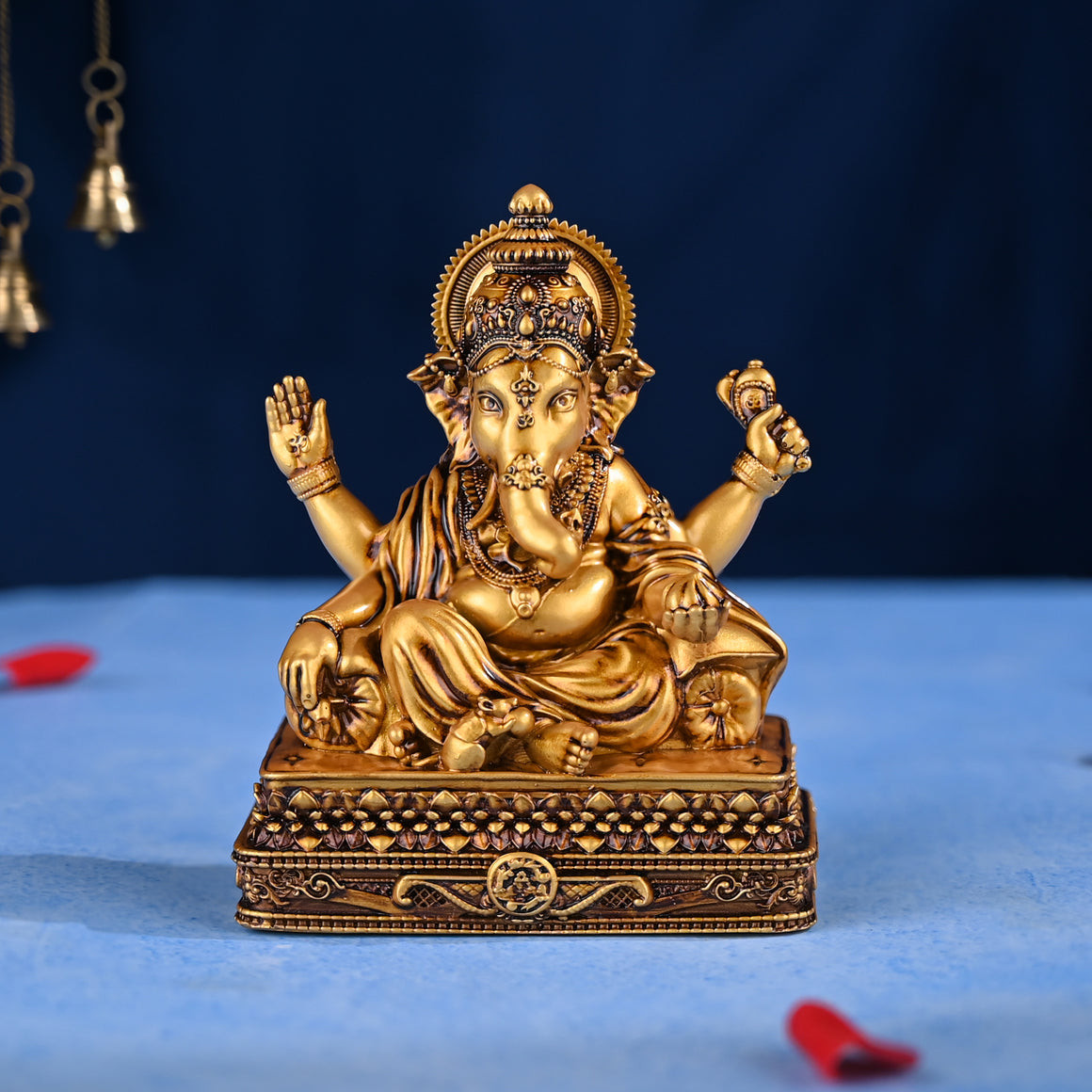 Vinayaka Idol
Vinayaka Idol
Symbolism of the Divine Family
Lord Shiva’s family is far more than a mythological narrative; it is a potent symbol encapsulating fundamental tenets of Hinduism. Lord Brahma, as the creator figure (in some interpretations as father), represents the cyclical nature of time and creation. Lord Shiva, the destroyer, embodies transformation and the inevitability of change. Goddess Parvati, as the nurturing mother and devoted consort, embodies the essential feminine energy that balances and complements Shiva’s masculine power, ensuring cosmic harmony.
Together, Shiva, Parvati, and their sons embody core Hindu values: love, devotion, duty, courage, and wisdom. Their divine family serves as a powerful archetype, inspiring devotees to seek balance and harmony in their own lives and reminding them of the interconnectedness of creation, preservation, and transformation.
In Conclusion: Faith and the Eternal Shiva
Ultimately, understanding Lord Shiva and his family requires embracing the essence of Hindu philosophy, which often prioritizes faith and symbolic interpretation over literal, linear narratives. While scriptures offer various perspectives on Shiva’s origins, the overarching message emphasizes his eternal nature, transcending birth and death as we understand them. Shiva is considered anādi (beginningless) and ananta (endless), a timeless cosmic principle.
Hinduism encourages a personal and experiential understanding of the divine. Therefore, belief and faith form the bedrock of comprehending deities like Lord Shiva. The stories and family narratives serve as powerful metaphors, guiding devotees towards deeper spiritual truths and a connection with the divine.
Frequently Asked Questions (FAQs)
Q1. Who constitutes the complete family of Lord Shiva?
A. The primary members of Lord Shiva’s family include his consort, Parvati; their two sons, Kartikeya and Ganesha; and his daughter Ashok Sundari (also known as Amba). Some traditions also mention daughters like Jaya, Vishhara, Shamliwari, Dev, and Dotli, often associated with snake goddesses.
Q2. Are there accounts of Lord Shiva having daughters?
A. Yes, certain traditions mention daughters of Lord Shiva, particularly snake goddesses like Jaya, Vishhara, Shamliwari, Dev, and Dotli. These goddesses are sometimes venerated for protection from snake bites, especially on specific auspicious days.
Q3. What is the significance of Mahadev’s three eyes?
A. Lord Shiva’s three eyes symbolize different cosmic aspects. The left eye represents the moon (calmness), the right eye represents the sun (action and energy), and the third eye, located in the center of his forehead, symbolizes fire, knowledge, and the power of destruction and transformation.
Q4. Why is Shiva depicted with a snake around his neck?
A. The snake, often identified as Vasuki, coiled around Shiva’s neck symbolizes the cyclical nature of time, death, and rebirth. It also represents controlled ego; Shiva’s mastery over ego is symbolized by wearing the snake as an ornament.
Q5. Is it auspicious to keep a Lord Shiva murti (idol) at home?
A. Yes, keeping a Lord Shiva murti at home is considered highly auspicious. Regular worship is believed to bring peace, prosperity, and spiritual growth to the household.
